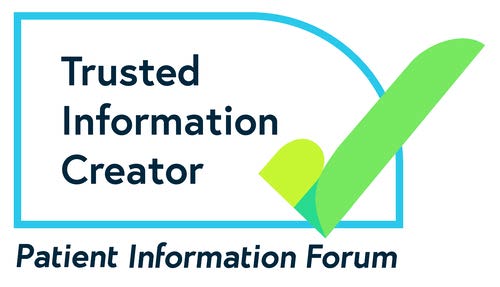A patient journey for Rosacea
Rosacea is a common skin condition where those affected experience red rash-like symptoms on their face. Current figures suggest as many as 1 in 10 people are affected by rosacea. The exact cause of rosacea is unknown, although there is some evidence to suggest the condition can run in families.
At present it remains a poorly understood condition, however many people living with rosacea are able to identify factors which trigger an episode and find ways in which they can reduce their symptoms.
Rosacea affects mainly fair-skinned people and in particular those who blush or flush easily. Symptoms of rosacea are often experienced for the first time between the ages of 30-50. There is a tendency for women to be affected by rosacea more than men; however the symptoms often appear worse in men.
The range of symptoms which may indicate someone is affected by rosacea are wide and varied. And they are often divided into four subtypes:
- Subtype 1 rosacea - rosacea will often begin with an increasing tendency to blush or flush easily – for example you may notice a feeling of heat and redness in your cheeks which returns to normal after a few minutes. You may also notice the appearance of fine blood vessels.
- Subtype 2 rosacea – similar features will be experienced as with subtype 1 however you may also notice bumps or pustules (a small blister containing pus) appear on the face, particularly the cheeks and nose.
Subtypes 3 and 4 occur in more serious cases of rosacea.
- Subtype 3 rosacea – can be referred to as phymatous rosacea or rhinophyma. The terms refer to an area of skin which has become thickened, most commonly on and around the nose. This subtype of rosacea tends to affect men more often than women.
- Subtype 4 rosacea – is often called ocular rosacea and affects the eyes. People with ocular rosacea may have red, sore, itchy and watery eyes.
Other early symptoms include a burning or stinging sensation on the skin, the formation of red bumps on the skin, spots, skin dryness, plaques (raised red patches of skin), and swelling or thickening of the skin.
Symptoms of rosacea may increase over time with ‘flare ups’ becoming more frequent, and as the condition progresses they can become permanent. As rosacea symptoms tend to worsen over time, it is important to recognise and learn to manage any contributing factors or triggers early on to help slow or stop this progression.
If you suspect you may be affected by rosacea you should make an appointment to see your GP or other qualified healthcare professional.
Currently there is no test for the diagnosis of rosacea; your doctor will make a diagnosis based on an examination of your skin and a discussion about your symptoms. It is likely your doctor will ask whether you have noticed any particular ‘triggers’ that bring on an episode or make your condition seem worse so it can be helpful to keep a diary of any foods, drinks, environments or situations, for example, which you feel have had an effect. In some cases your doctor may decide to take a blood test to rule out other conditions such as lupus or the menopause. In some cases your doctor may decide to refer you to a dermatologist (a skin specialist) to help you to devise a treatment programme if your condition is extremely severe.
Though there is no proven cause of rosacea or cure available for the condition, most people can learn to identify triggers and manage their symptoms by avoiding these in the future. Identifying and managing triggers is something that your doctor or specialist will be able to help with. Common triggers include sunlight, stress, strenuous exercise, alcohol, caffeine, certain foods (such as spicy food or dairy products),certain medicines, particularly hot or cold or windy or humid weather, and the menopause. Solutions for managing triggers will vary depending on what you find causes your rosacea symptoms to become worse, for example; if sunlight brings on your symptoms, wearing sun screen can be an important step.
Some people may also choose to apply makeup to the affected area to try to cover up their symptoms; this is often referred to as skin camouflaging. Where symptoms are minor, but they are making you feel self-conscious, using makeup to cover or lessen the appearance of rashes can prove effective for many rosacea sufferers. It is important that if you decide to use makeup as part of your daily routine you ensure the products do not damage your skin further and it is would be advisable to seek advice from your doctor or specialist about this.
For persistent cases and cases involving problematic spots, your doctor may recommend oral treatments, such as taking antibiotics, or topical treatments (creams or ointments which are applied directly to the skin), such as metronidazole, azeliac, or ivermectin. In very severe cases, your doctor may recommend laser treatment or Intense Pulsed Light (IPL) treatments.
Living with a long term (chronic) condition such as rosacea can be distressing and can in many cases cause social and emotional (psychological) problems. If you feel that your rosacea is affecting you in this way it is important to discuss this with your doctor. You can find further help and support from talkhealth’s rosacea community in the talkrosacea forum. talkhealth also supports the work of the British Skin Foundation, the British Association of Dermatologists, the British Association of Skin Camouflage, and Skin Deep Behind the Mask and would recommend their rosacea information and resources.
Sources used in writing this article are available on request.
Last revised: 4 April 2016
Next review: 4 April 2019


